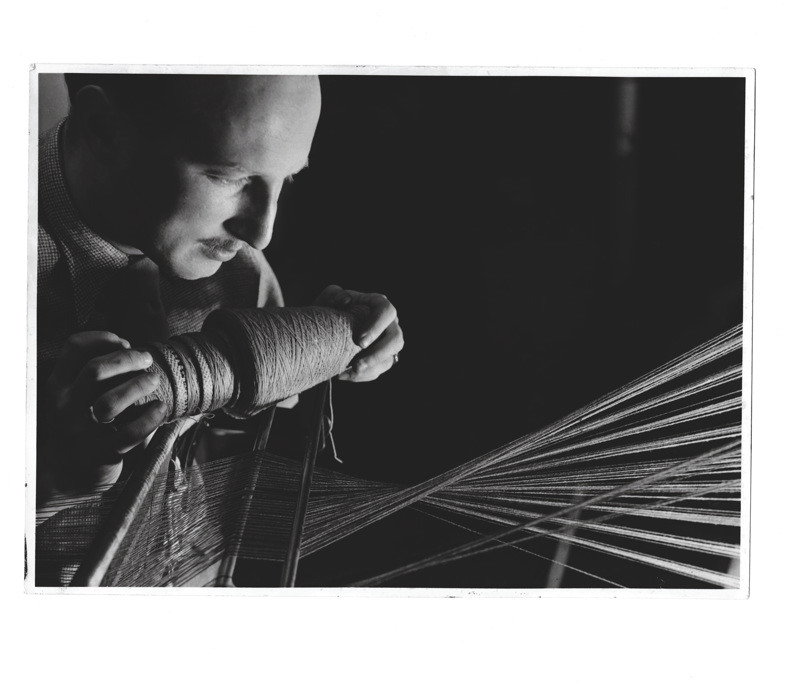Preview: Tibor Reich and Wallpaper
Two exhibitions highlight the pioneering design behind the interiors we now take for granted. Richard Smirke talks to the grandson of textile designer Tibor Reich
Take a brief moment to look at the environment around you – be it home, office or high street – and chances are that it’s been shaped in some way by the modernist designers, architects and artists that collectively transformed Britain in the 20th century.
Today, we take for granted many of the once radical design methods, principles and styles that were introduced in the aftermath of the First World War, when men and women like Kenneth Grange, Picasso, Jacqueline Groag, Le Corbusier, Eileen Gray, Phyllis Pearsall, Philippe Starck and Terence Conran helped reinvent the visual landscape that surrounds us.
Their influence can be seen in everything from the towering glass monolith office blocks that frame our city streets to a simple desk lamp and the phone in your hand, while many of the innovations that they pioneered, such as open-plan work spaces and sculptural furniture, have now passed into accepted practice.
Although his name may not be as well known as some of the titans of the art world, one of the unsung heroes of the post-war era was Hungarian textile designer Tibor Reich, who introduced bright new colours and textures into otherwise dreary British interiors.
“At that time, the focus was still on tradition, no colours, no textures and drab rooms. Tibor was one of a few designers who came over to the UK and brought this idea of modernity into the home,” says his grandson Sam Reich, who has helped curate a retrospective exhibition of the Hungarian-born designer’s work, which goes on display at Manchester’s Whitworth Gallery later this month.
Focusing on works from the 1950s and 1960s, the exhibition will showcase Reich’s innovations in woven textiles, such as his incorporation of wire and elaborate yarns like bouclés alongside bright natural colours, photography and abstract patterns.
“He bridged this interdisciplinary approach, which is that design and art are very much intrinsically related,” explains Reich, noting that “designer” is a relatively new term. In his grandfather’s time, the job was simply called industrial artist. “That’s what he called himself, but he brought together all these different arts and creative ideas and merged them into commercial designs. Tibor was very much a pioneer in making these new techniques available to the mass public, as well as this idea of liberating the home.”
Exploring the same theme is Wallpaper, a major new exhibition running at the Whitworth in conjunction with the Reich retrospective. Charting developments in wallpaper techniques and designs in the two decades that followed the Second World War, the show cherry-picks some of the finest examples from the gallery’s 5,000-strong collection, including a previously unseen display of hand screen printed palladio wallpapers from the 1950s and 1960s, which were printed in Stockport.
“These are not wallpapers in the background sense. They are very much foreground art works. They were designed to be used on feature walls in hotels, not necessarily in the home,” explains curator Amy George, who says that Whitworth’s wallpaper collection rivals London’s Victoria & Albert Museum as the best in the country.
“Some of these designs won’t have been seen in this quantity and on this kind of scale before,” she states. “It’s giving it a privileged position among the textiles and art that is in the gallery and I hope that people go away and think about what they surround themselves with in their own home and are inspired.”
Tibor Reich and Wallpaper are on display at Whitworth Gallery, Manchester from 29 January-August

Leave a reply
Your email address will not be published.